Jenny Alderton | Hal Camplin | Laura Dutton | Johannes Gerard
Dave Gowers | Caroline Humphreys | Steph Mastoris | Charlotte Morgan
Jack Moyse | Nel Naylor | Tracie Peisley | Katya Robin
I suggest we can learn and grow through ill health, that it’s possible to live well with disability and art practice can help to do so” – Nel Naylor

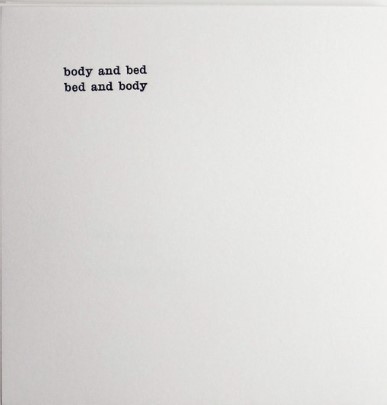
(2017-18). A stack of 16x16cm letterpressed cards
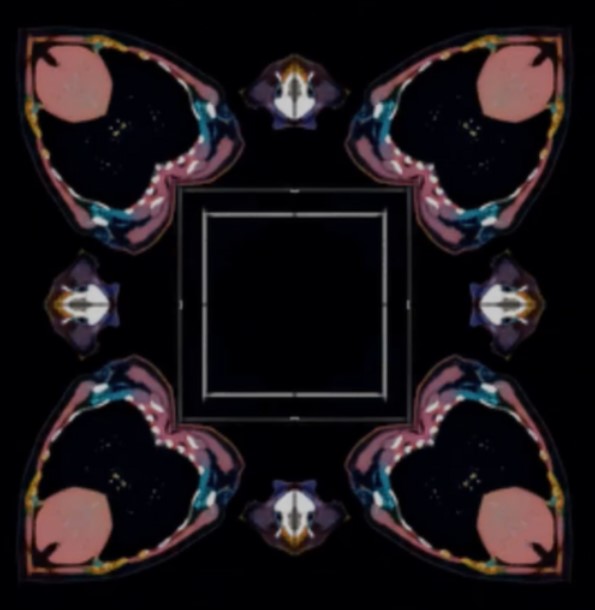
Video 2:16
https://vimeo.com/941692326
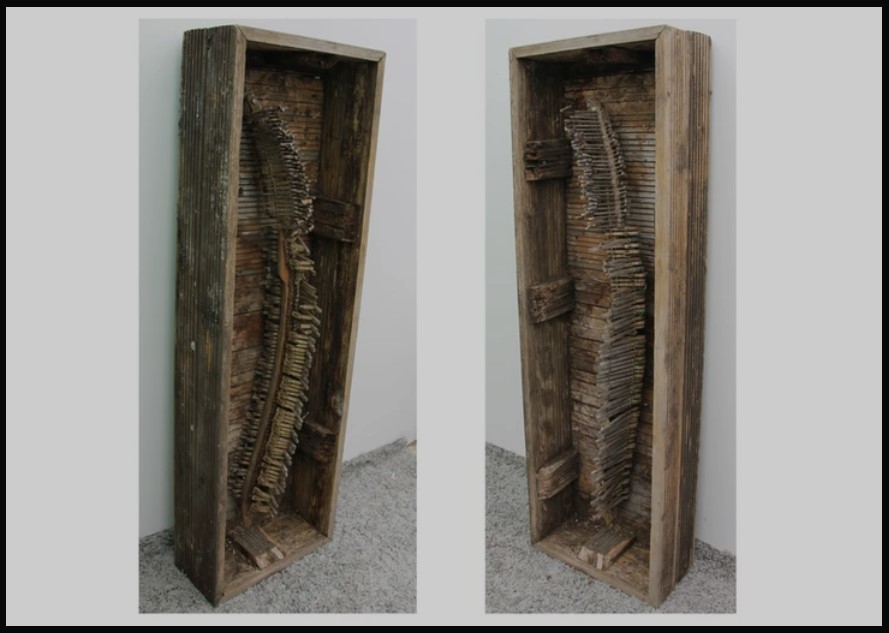
Wood, felt, steel, dirt
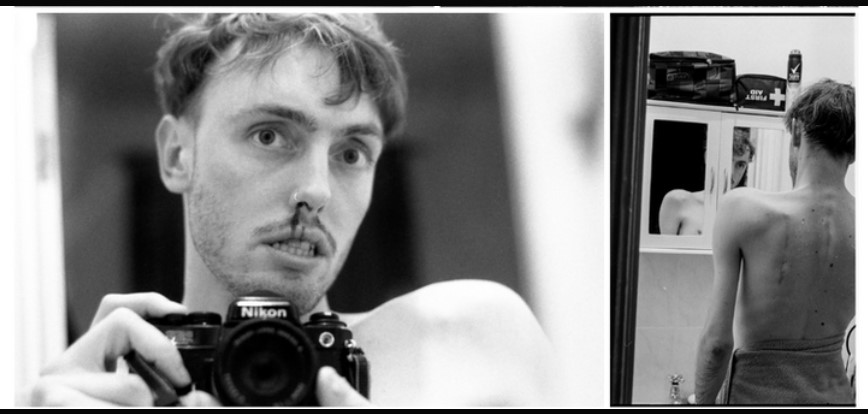
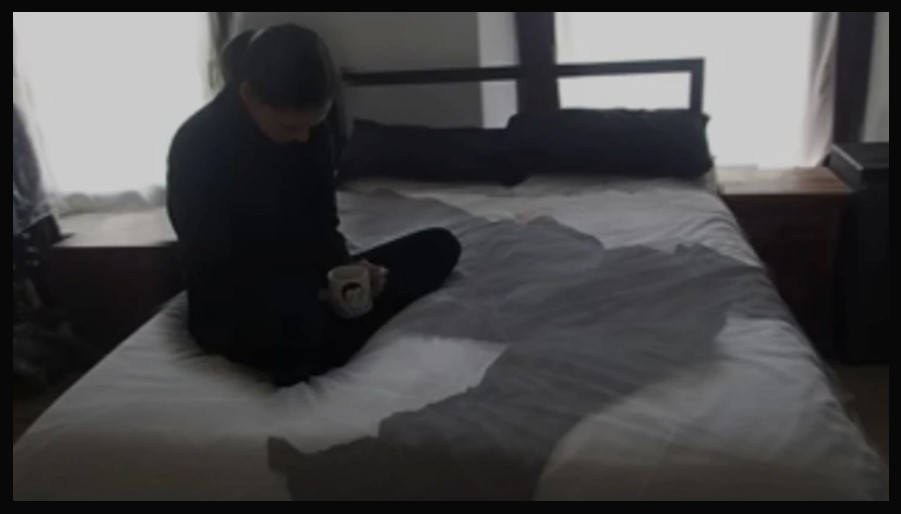
Video, 2:53
https://vimeo.com/944835196
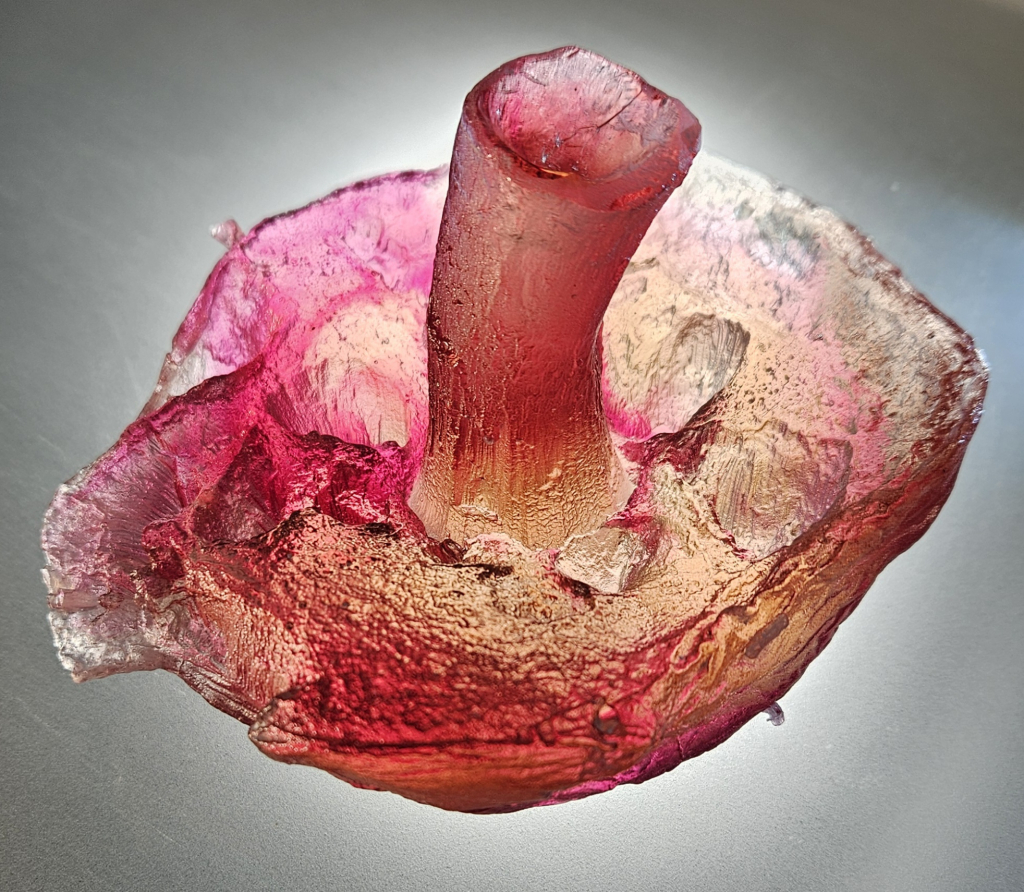
Cast glass sculpture 5.5cm x 10.5cm x 11cm
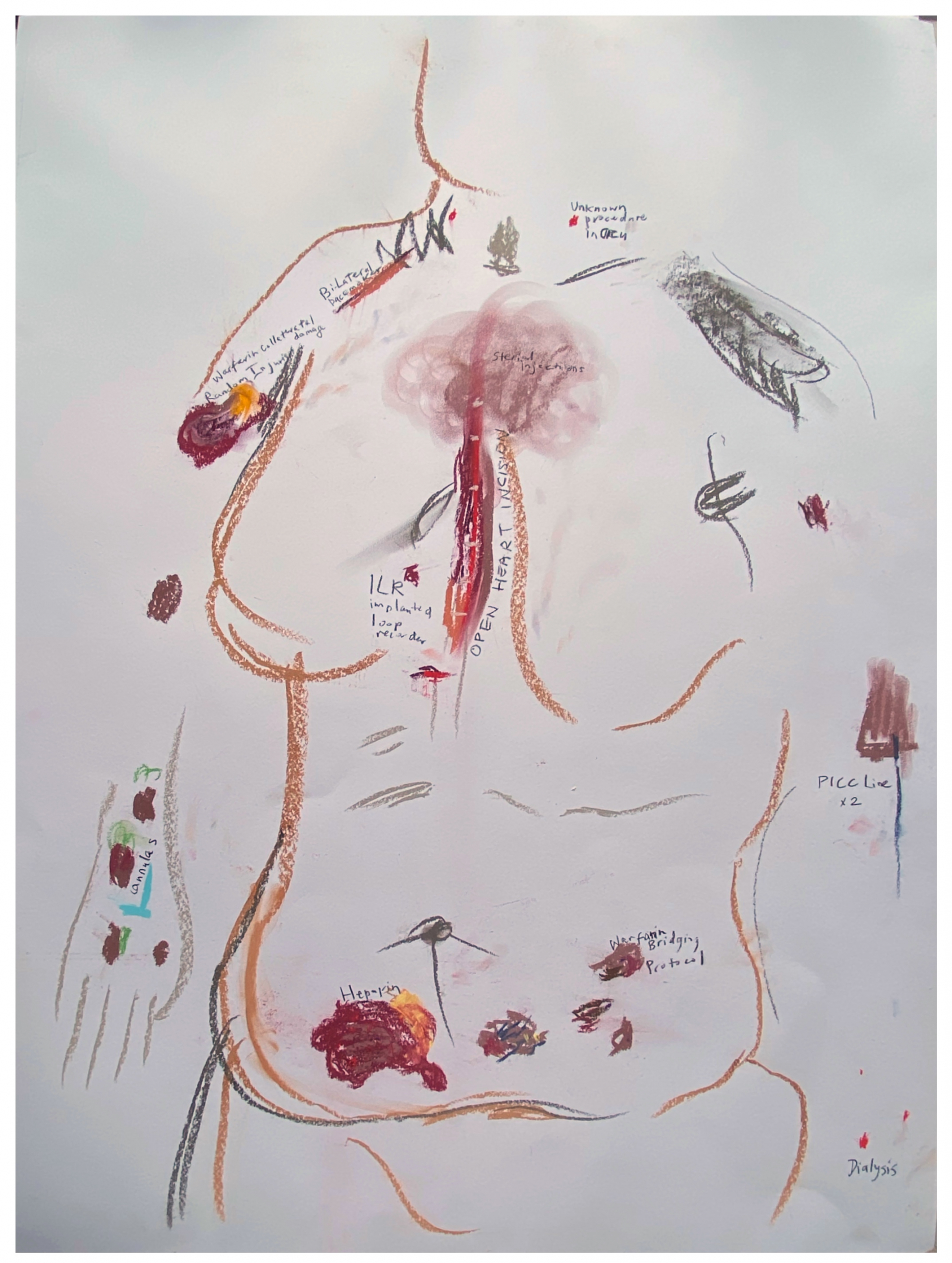
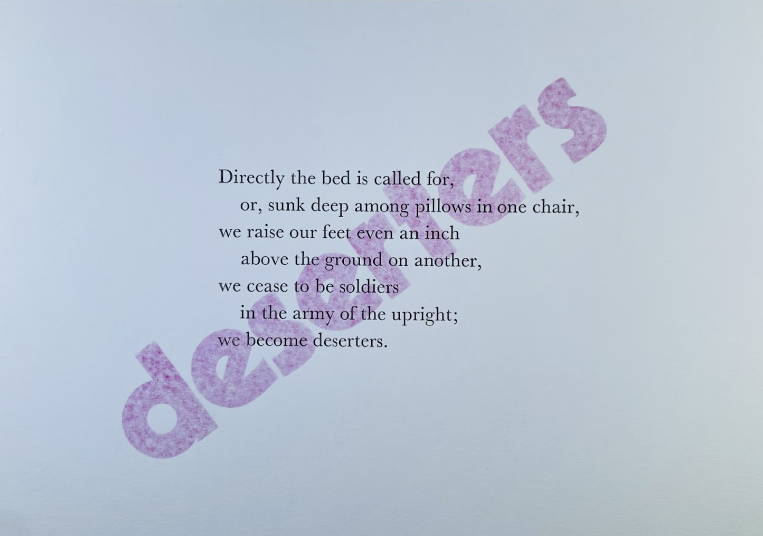
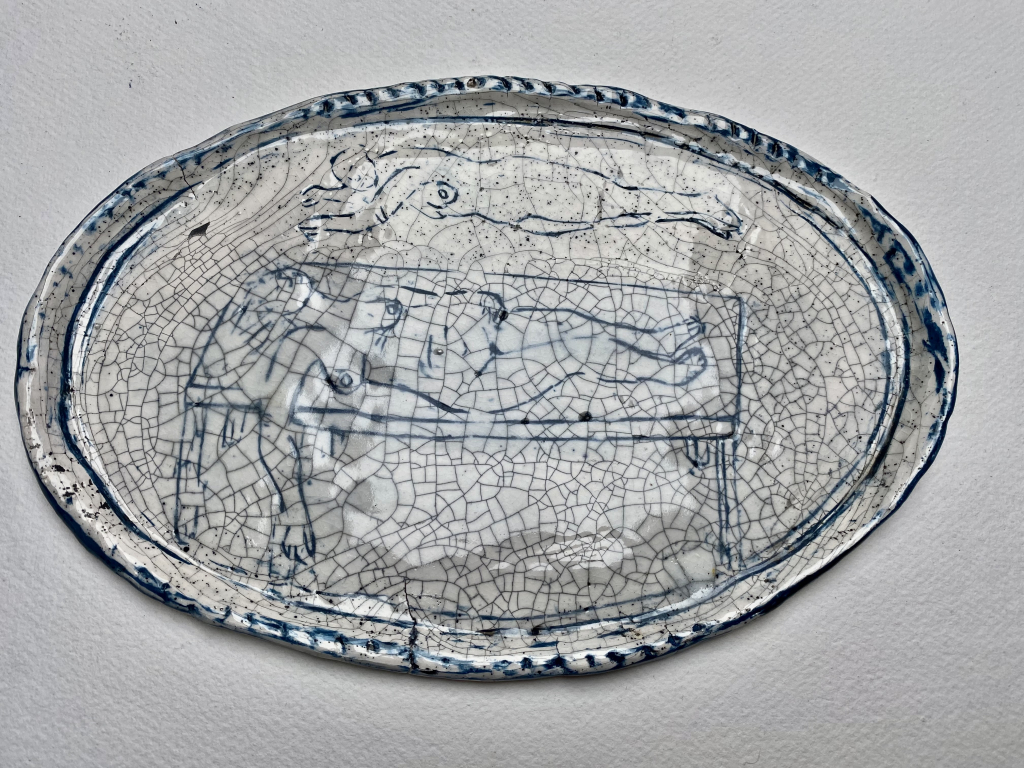
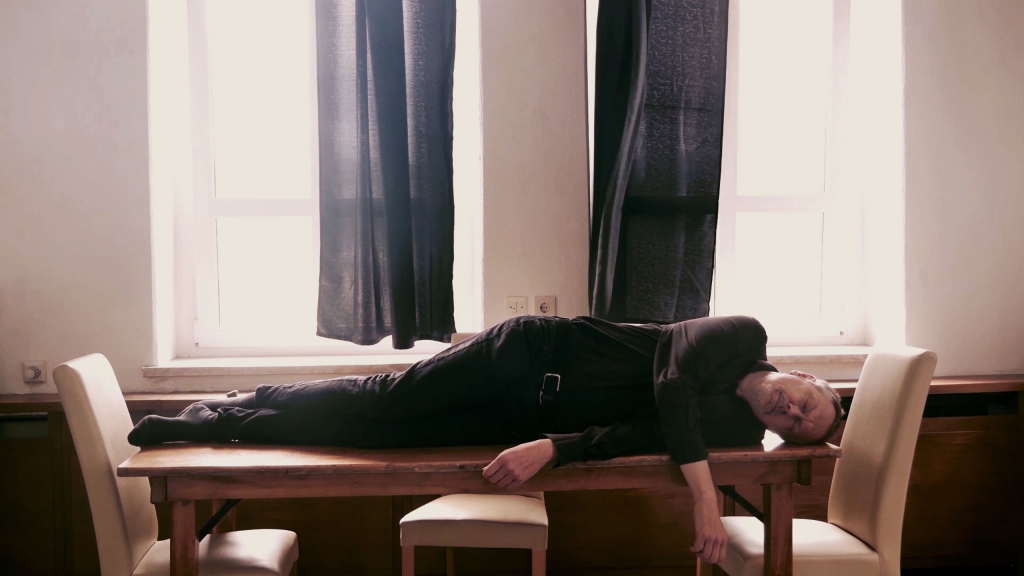
Video 4:45
https://vimeo.com/941681861
“Creating for me means I can express ‘i am here now’, even if that expression is only to myself”.
Jenny Alderton | www.eloquentscream.com
“I think of illness as an opportunity to explore pain, not just as energy but also consciousness in its widest sense. After training as an art psychotherapist, I have greater belief in art as a way to heal and transform, not just to survive”.
Hal Camplin | www.halcamplinart.com
“For me, my making process is literally ‘a life saver’ and is key in managing stress, which can have a serious impact on my health. I explore ideas around corporeality, disruptions to physicality and function, and the fine line that we tread between ”normal’ healthy ways of being and other realities”.
Laura Dutton | www.lauraduttonfineartuk.artweb.com
“We may be in a phase where we long for healing. But perhaps we also need to ask ourselves whether the healing process has even begun or whether we subconsciously don’t want healing at the end”.
Johannes Gerard | www.johannesgerard.com
“The bizarre and yet fascinating world that I was thrown into during my medical treatment; the closeness of death and the transient nature of our lives”
Dave Gowers | www.davegowers.co.uk
“In life being unwell can lead to a feeling of otherness, of feeling apart from or even cast out from. It necessitates a hitherto unanticipated challenge as to how one grapples with and negotiates a new interface within a fundamentally transformed landscape”
Caroline Humphreys
“I want to celebrate the idea of the sick as deserters from the normal world”
Steph Mastoris
“The piece seeks to honour the body in illness by revisiting words from that time and giving them new meaning, this allows illness to be the vehicle through which art is made, as opposed to the reason it is not”
Charlotte Morgan | www.charlottemorganart.com
“I began by taking self portraits, focusing on the elements of my body I felt the least amount of love for or which reminded me most of my differences. The process slowly became a cathartic ritual, performed in solitude. It forced me to confront elements of myself that I’d long ignored, providing space to consider things I’d masked for the previous eight years”.
Jack Moyse | www.jackmoyse.myportfolio.com
“I suggest we can learn and grow through ill health, that it’s possible to live well with disability and art practice can help to do so. With this in mind, I’d like to turn the conversation to concern about the health of the planet and our attitude towards it. What light does the perspective gained from living with long term illness bring to how we relate to the environment? Would adopting a similar attitude ease the relationship, allowing us to reassess our approach to ecological dis-ease? (Where are we coming from? – because it makes a difference). Working to reconnect and bear witness, I propose abstract drawings, watercolour notes, to consider the perceived rift between ourselves and the natural world”.
Nel Naylor
“Memory and experience was fragmented by pain and dissociation so there isn’t a clear narrative, the feeling is in the work. It exists in the magnesium strip like glare in the mind as I grappled with a complete weightlessness”
Tracie Peisley | www.traciepeisley.com
“I imagined my in-patient stay during the pandemic as an artist’s residency. Afterwards, using immersive embodied recall, I made images about my experience of chronic and critical illness, as both patient and observer. It was a way to speak of this time on quarantined hospital wards, enduring overwhelming hallucinations, and reclaiming identity after major surgery”
Katya Robin | www.katyarobinstudio.co.uk
Caroline Humpreys, Work in progress, 2024


